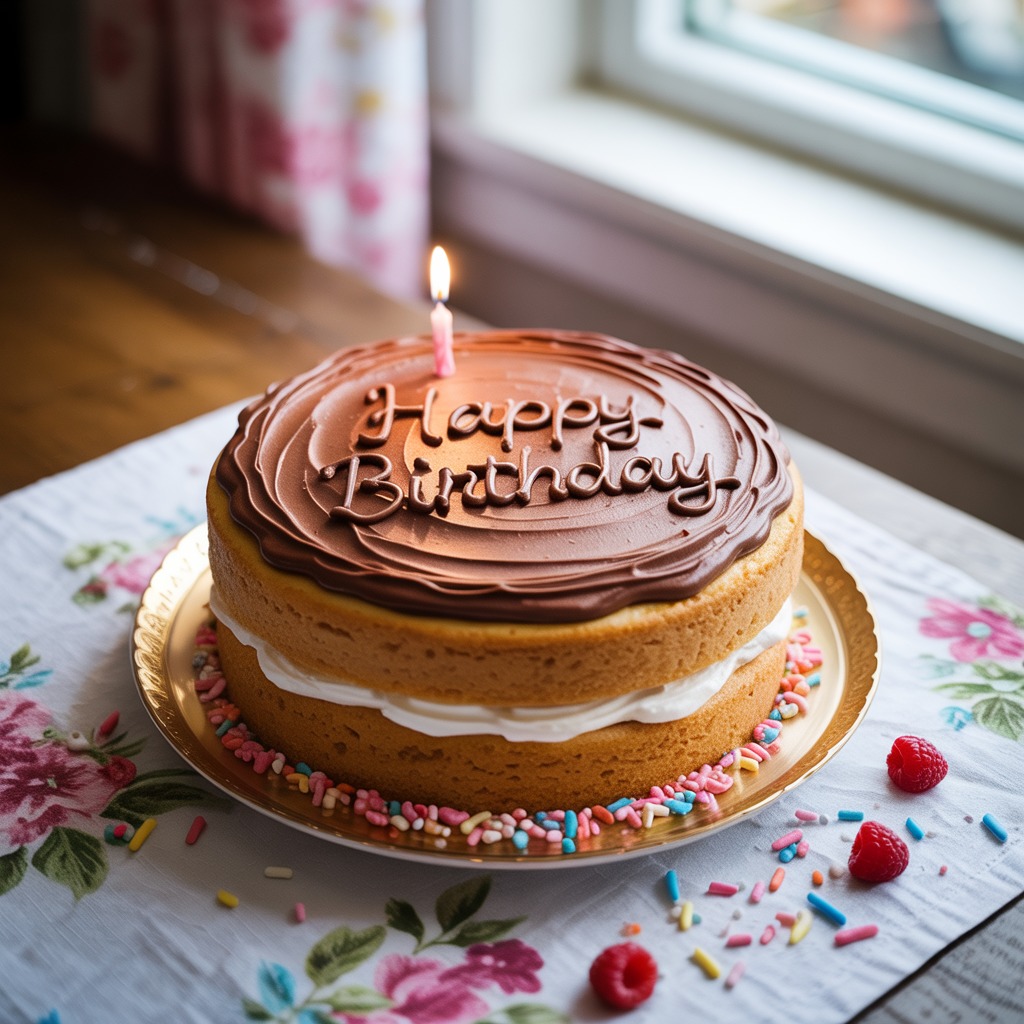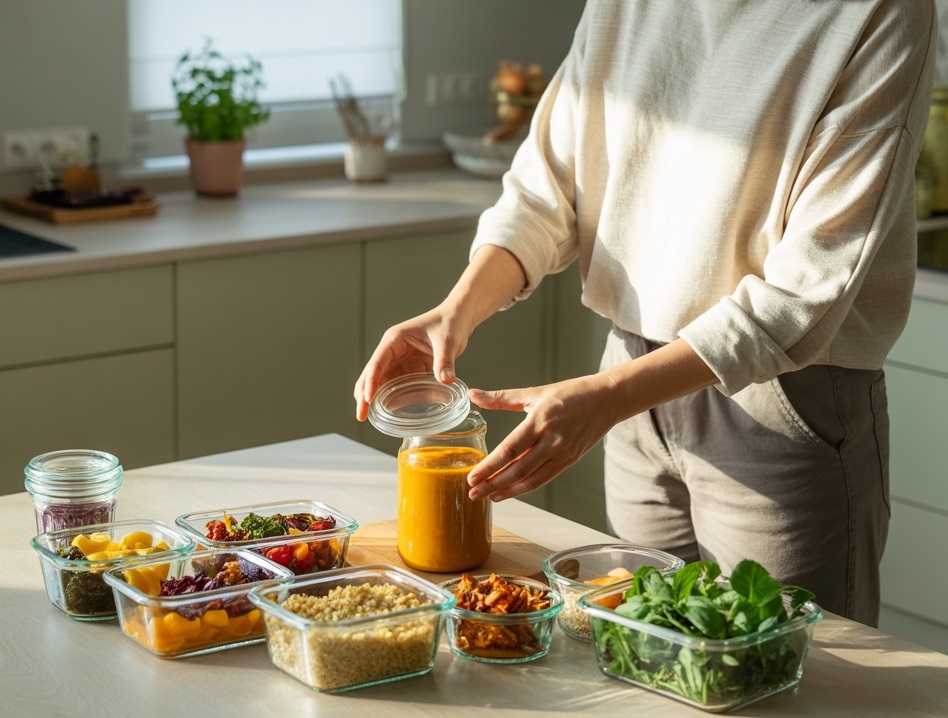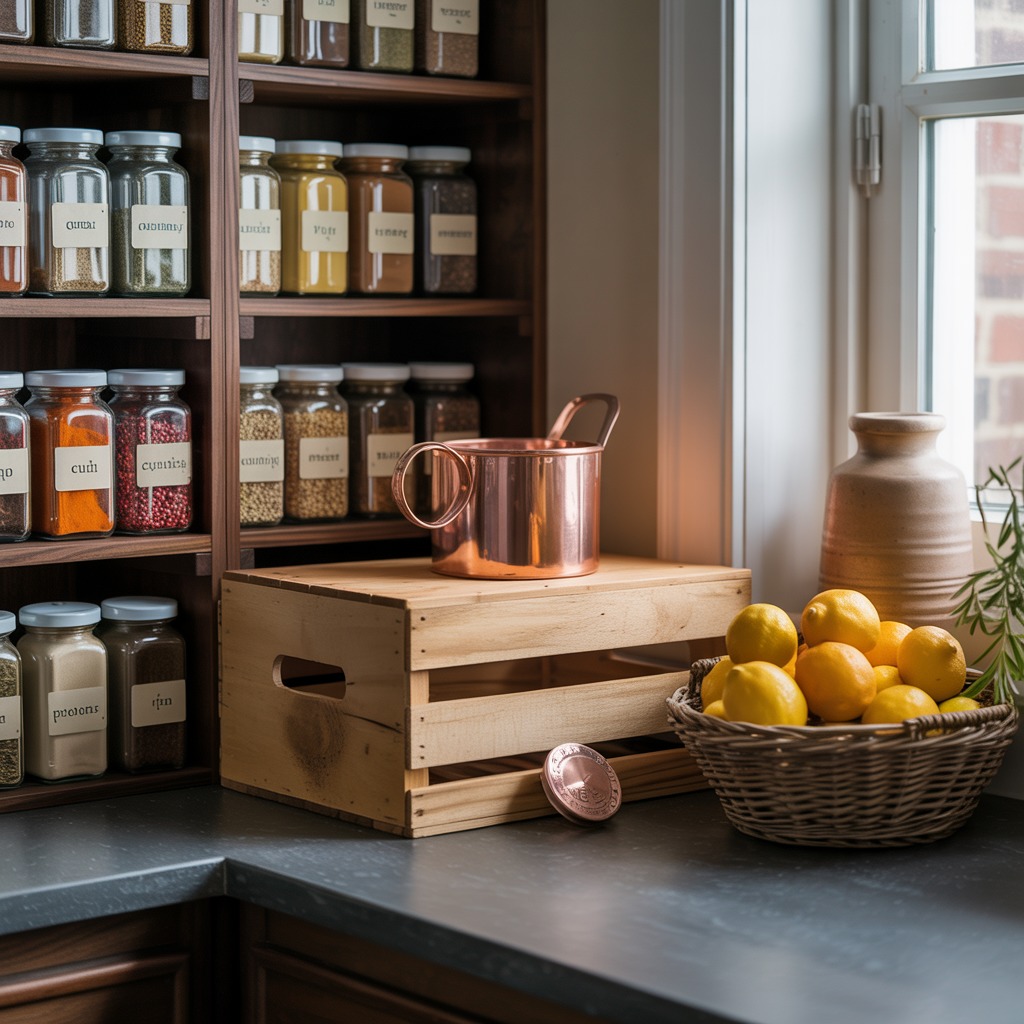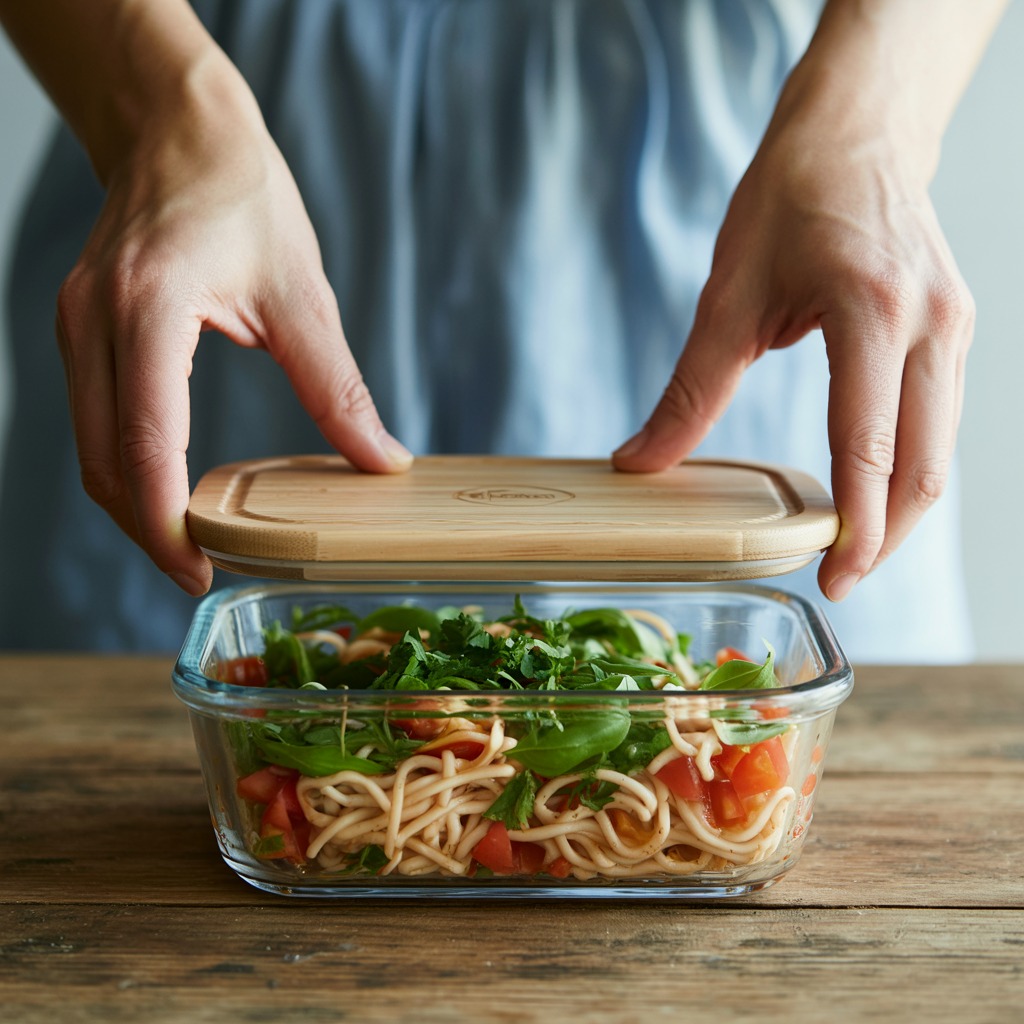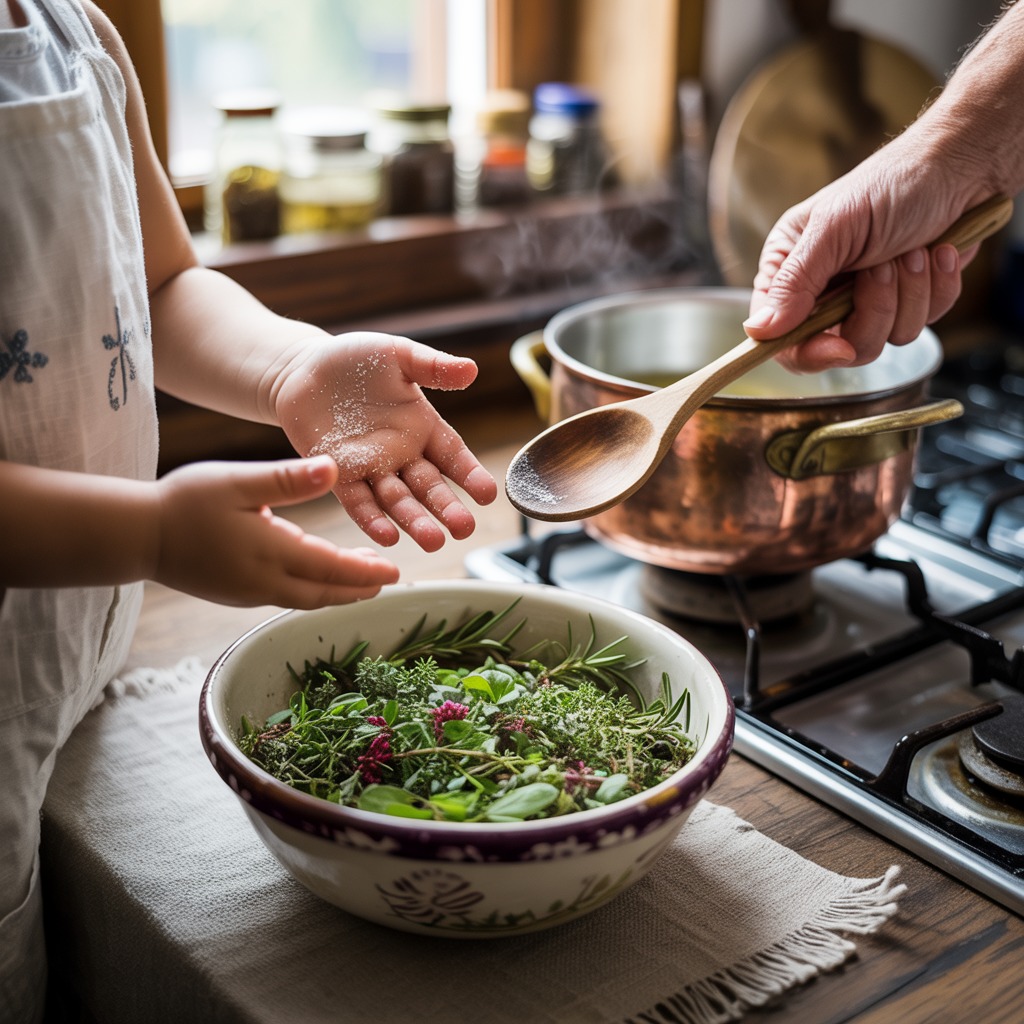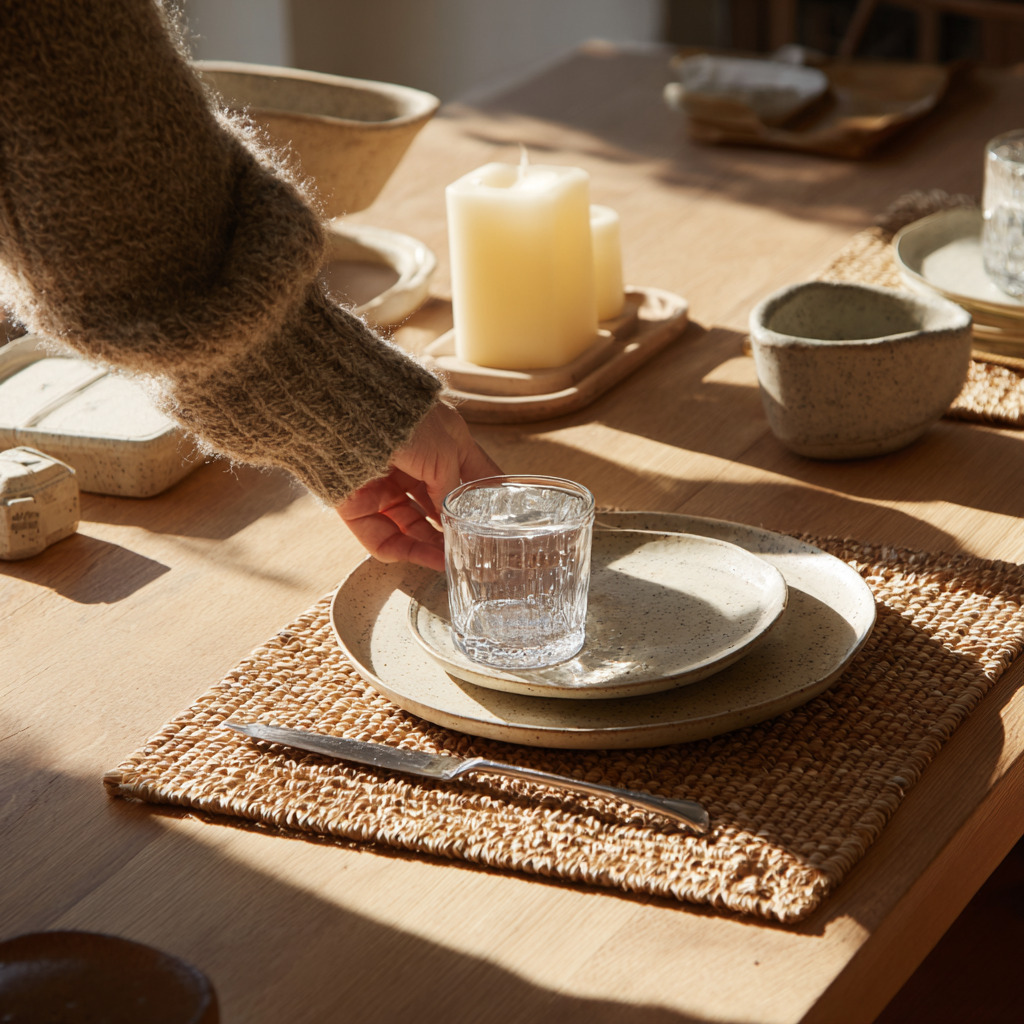What My Grandmother Taught Me About Cooking Without Measuring Cups
It was a rainy Saturday afternoon when I first understood what it meant to cook with heart instead of numbers. I was nine, perched on a wobbly stool in my grandmother’s warm, buttery kitchen. The windows fogged with steam and the smell of sizzling garlic drifted through the house. I watched, wide-eyed, as she stirred a pot of something bubbling and wonderful. There wasn’t a single measuring cup in sight.
“You don’t need to measure love,” she said with a wink, tossing in a pinch of salt and a handful of herbs like it was second nature. I remember thinking she was magic.
My grandmother, Mee-Ma as we called her, never used recipes. Her kitchen was her canvas. She cooked by memory, by feel, and most of all, by taste. She trusted her senses more than any cookbook. I used to wonder how she knew when something was “just right.” It was only years later, in my own kitchen, with a toddler wrapped around my leg and dinner halfway burned, that I understood the kind of wisdom she carried.
That day, we made her famous chicken and dumplings. She let me knead the dough. I used way too much flour, and she just laughed. “That’s okay, baby. Next time, use your hands to tell you when it’s ready. Dough talks, if you listen.”
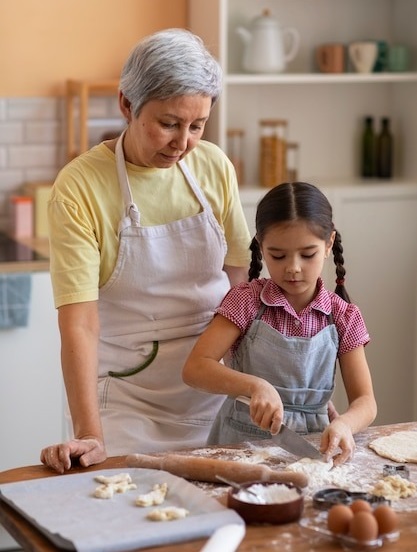
Cooking Without Rules
Cooking without measuring cups doesn’t mean cooking without care. It means learning to trust yourself. To smell the broth and know it needs more thyme. To taste a spoonful of sauce and decide it needs a touch of lemon.
Mee-Ma’s method taught me more than how to cook—it taught me how to feel food. That kind of cooking slows you down. It makes you more present. There’s no rush in her kitchen. You stir until it looks right, and then you taste. You knead the dough until it stops sticking to your fingers and starts hugging your palms.
I started using her way when I had my first apartment. My measuring cups were somewhere in a box, and I decided to just try it her way. The soup wasn’t perfect, but it felt honest. It felt like home.
Lessons From the Heart of the Home
Mee-Ma’s way isn’t fast or precise. But it’s rich in something you can’t bottle: instinct. Her kitchen was a place of slow rhythms, of stories passed between spoons, of meals that healed more than hunger.
Today, when I cook without a recipe, I feel her with me. I hear her voice reminding me that “the best flavor comes from being present.” And now my kids get to feel that same magic. They stir, they taste, they giggle. It’s not just dinner—it’s a thread connecting generations.
If you’re nervous about ditching the measuring cups, start small. Try something simple like scrambled eggs. Add a splash of milk, a knob of butter, salt until it feels enough. Stir and taste until it makes you smile.
Final Thoughts
There’s something sacred about the way memories live in food. In the scent of simmering chicken, in the warmth of dough between your fingers, in the taste that feels like home. My grandmother’s kitchen didn’t need fancy gadgets. It needed heart, and patience, and trust.
If you’ve ever felt the pull to cook more freely, I hope this gives you the nudge. Next time you cook, pause. Smell. Taste. Touch. Let your senses guide you. Let your food tell you what it needs.
And I’d love to know: who taught you how to cook from the heart? What dishes bring your childhood back to life?
Let’s keep those stories alive.
